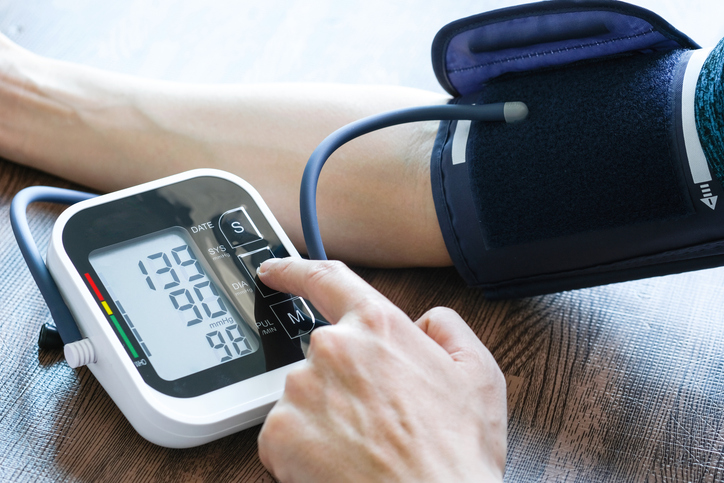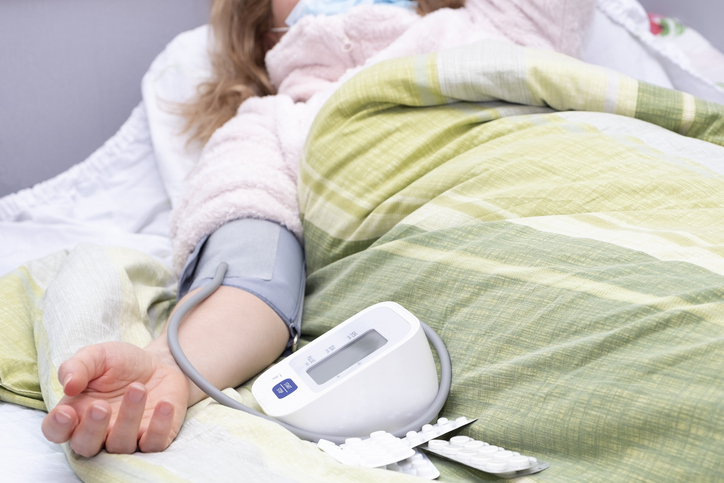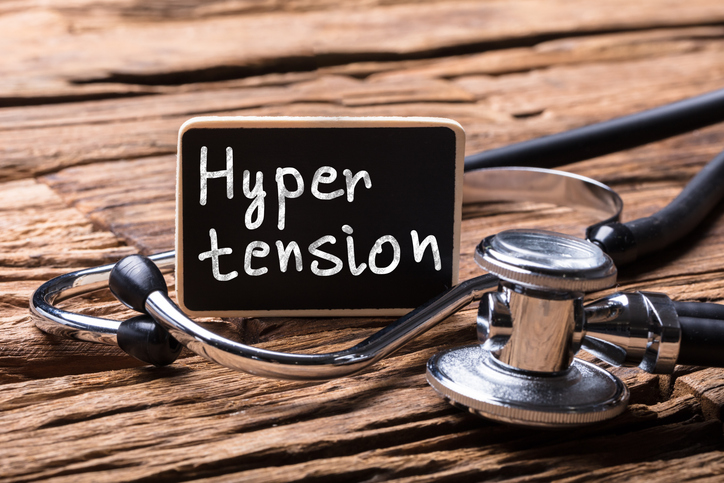
Blood pressure self-monitoring was associated with a greater decrease in post-exercise blood pressure than in those who did not monitor, and was also linked with improved adherence to exercise training programs, according to a first-of-kind study published in the Journal of Hypertension.
The researchers included 24 participants with hypertension who underwent a 12-week supervised aerobic exercise training program. According to their abstract, “a single exercise session evokes immediate blood pressure reductions that persist for at least 24 hours,” leading the research team to evaluate whether or not self-monitoring was related to any potentially positive outcomes in adults with hypertension.
“We know that hypertension is the most common and costly, but modifiable, chronic condition in the U.S. and world,” says lead author Amanda Zaleski, a postdoctoral fellow at the University of Connecticut and an exercise physiologist in Hartford Hospital’s Department of Preventive Cardiology, in a press release. “We know that regular aerobic exercise lowers blood pressure on average to the order of five to seven points, and these reductions are even greater for those with higher baseline blood pressure.”
The exercise regimens for the 24 participants consisted of a moderate-intensity training session lasting 40-50 minutes, 3 days per week for 12 weeks, with encouragement to exercise at least 30 minutes per day on their own one to two days per week. Post-exercise hypotension monitoring and self-monitoring before and after exercise was also performed.
According to the results, exercise plus post-exercise hypotension monitoring was associated with a greater adherence to supervised training than exercise with self-monitoring alone (P=0.007). Those performing post-exercise hypotension monitoring completed 32.6 ± 22.5 min/week more unsupervised home exercise than those who did not include the post-exercise monitoring, which yielded greater adherence and almost twice the degree as those with just exercise and self-monitoring alone.
Gateway Drug to Exercise?
The researchers also noted in their study that almost 75% of study participants had continued to maintain some level of exercise, while those in the self-monitoring cohort retaining about 70% of their previous exercise training volume.
Study co-author Beth Taylor, director of exercise physiology research in cardiology at Hartford Hospital and assistant professor at the University of Connecticut, added blood pressure is one of the few ways to see the effects of lifestyle modification noninvasively.
“This is a great study that shows how we might increase exercise adherence for patients with hypertension,” she says. “Could this be a ‘gateway drug’ to getting people to exercise for an abundant variety of reasons?”
Exercise immediately lowers BP and for up to ~22hr. In our latest pub in @JHypertension, we explored if self-monitoring of BP before/after exercise would translate to greater adherence to a 12wk AE training program among adults with hypertension: https://t.co/6RGylA1agU
— Amanda Zaleski, PhD (@AmandaZaleski) May 9, 2019
Using the immediate blood pressure benefits of exercise to improve exercise adherence among adults with hypertension: a randomized clinical trial https://t.co/zfCMu1U5yO
— J Hypertension (@JHypertension) May 4, 2019







 © 2025 Mashup Media, LLC, a Formedics Property. All Rights Reserved.
© 2025 Mashup Media, LLC, a Formedics Property. All Rights Reserved.